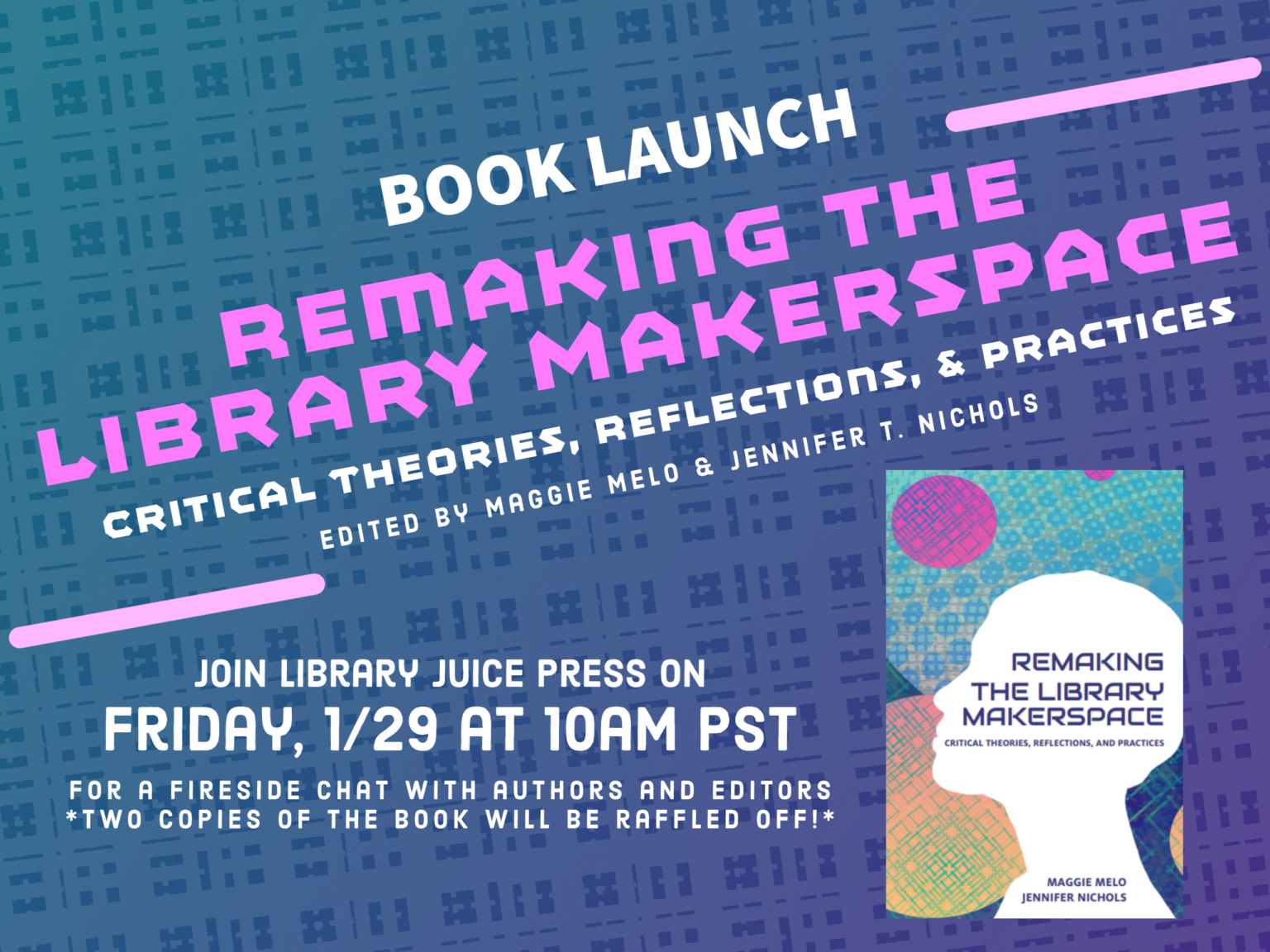By Dr. Marijel (Maggie) Melo
June 2020-January 2021
The EiTM Lab is gearing up for a new semester, so I (Dr. Melo) wanted to take a moment to share a project update on Phase 1 of our research program. We’ve completed our study design, interviews, and coding – and began the early stages of analysis (although I will say data collection and analysis are co-acted throughout the entire process). We’ve gathered rich, interesting, and surprising data that inform how we will respond to our research question, “What are the defining features of a makerspace?” We designed this study with the intent to accomplish two major tasks. First, we will identify 3D models, assets, and avatars for the VR environment (Phase 2). Second, we will develop a theory of makerspaces. We’re confident in the data we’ve collected and are fascinated by some of the early findings we’ve discovered.
Early Findings
We asked participants to imagine walking into a room they soon realize is a makerspace. How do they know they’re in a makerspace? What do they see, smell, and/or hear?
Here are a few early responses:
- Sight: 3D printers and tools, people working/making, blurring of staff/user, and projects
- Smell: Burning wood, “waffles,” burning plastic, and disinfectant
- Honorable mentions: “generic library smell,” Bojangles, and “project du jour”
- Sound: Conversation, tools/machines, music
While the identification of makerspace features was fairly consistent, we were surprised to encounter some resistance to define makerspaces more holistically. We identified a pattern in the way that several participants responded: many began their descriptive musings with affective (not physical) descriptions of the space. Descriptors such as “good vibrations,” “bright,” and “inviting” showed up frequently in responses. We also felt a palpable sense of tension emerging during the interviews and subsequently in the coding process. Asking participants to define a makerspace seemed to be difficult, revealing, and anxiety-provoking. I have a lot more to say regarding this tension, but will leave this brief update with an invitation to view my recent presentation at the Coalition for Networked Information. I outline and contextualize our early findings in this video.
I’m eager to see where the data takes us this semester as we begin transitioning to Phase 2 of EiTM’s research program. Our sincerest thanks to the information professionals we’ve interviewed for Phase 1.


